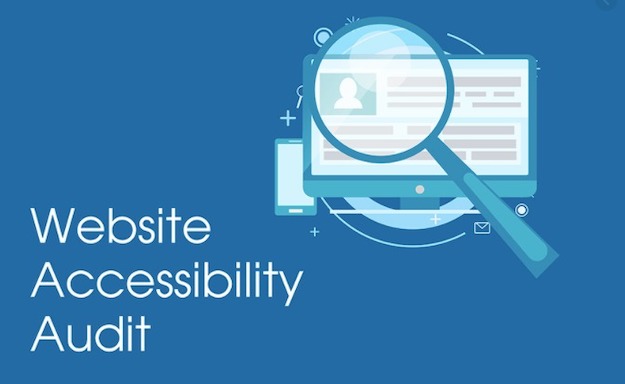From reaching more people to building a good reputation to avoiding penalties, you stand to reap huge benefits by making your site accessible to all. Lawsuits surrounding ADA compliance are on the rise. Target once had to pay $10 million to the National Federation for the Blind for not being ADA compliant.
Domino’s Pizza also went through the same ordeal in 2016 when a potential customer with a disability sued the company saying they couldn’t order pizza online. According to the blind individual, neither the desktop version nor the mobile app was compatible with the screen reader. There are many more companies out there that have faced lawsuits because of not complying with ADA rules.
To be safe from lawsuits, you need a website accessibility audit. Here’s why.
Website Accessibility
The American Disabilities Act (ADA) fights for the rights of people living with disabilities. The body has specific rules you must comply with if you want to be online. These are referred to as WCAG (Website content accessibility guidelines). The main goal of WCAG is to make sure that apps and websites are accessible to people with disabilities such as those with low vision or total blindness, learning challenges, hearing loss and deafness, limited movement, cognitive limitations, speech disability, and photosensitivity.
By not complying, you risk exposing yourself to penalties and fines if someone makes a compelling case on you. Any person with a disability has the right to sue a company if their website is not accessible to them.
Why You Need a Website Accessibility Audit
A website accessibility audit, also known as ADA Website Compliance audit, is simply an assessment of how your site supports internet users with a range of disabilities. It is done by WPAG Pros who know the ins and outs of ADA compliance. The audit gives a detailed analysis of some of your pages, lists best practices, outlines sections that need remediation, identifies violations according to WCAG guidelines, details recommendations, estimates effort for development, and summarizes the compliance level.
By having a website accessibility audit, you essentially say yes to making your website accessible to persons with disabilities. There are 38 ADA compliance rules including these like using alt text on all images, having good navigation of the site, making sure that users can navigate your site using the keyboard, utilizing a content management system that supports screen readers, just to mention a few.
An ADA Website Compliance Audit details all these areas. The report will tell you which areas have complied and which need correction. By knowing where to improve on, you will make the necessary amendments and save yourself from lawsuits. Without the audit, you might leave a loophole that your competitors might use against you in the future.
Many online businessmen are yet to take advantage of ADA compliance. Unless you come face to face with a huge lawsuit, it is easy to think that you are safe. Why wait until someone moves in on you when you can protect yourself prior? Take a website accessibility audit now and enjoy its benefits later.




